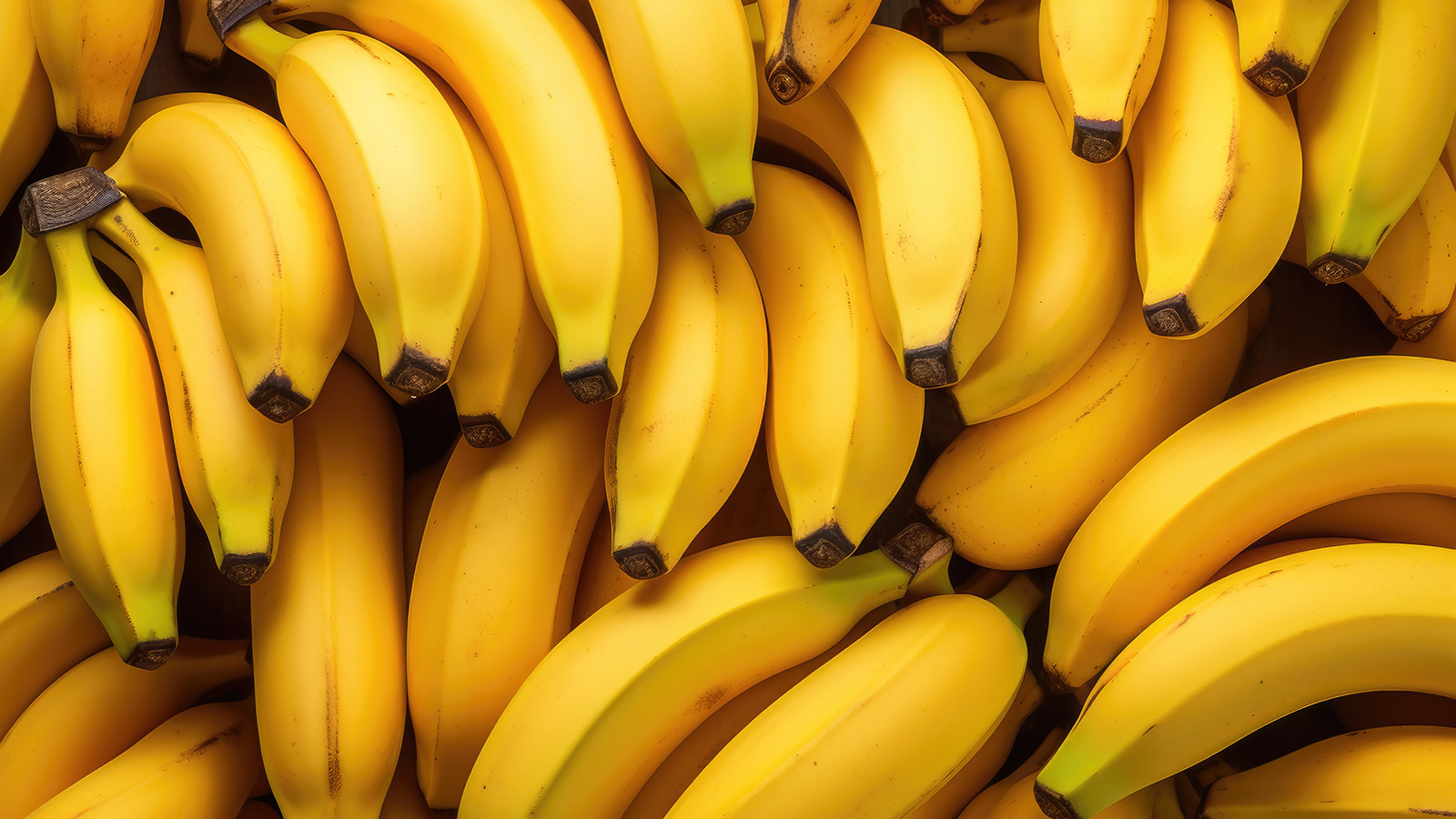Lifestyle
Unpacking the Differences: Bananas and Plantains Explored

Bananas and plantains, both members of the Musa genus, are often confused due to their similar appearances. However, these fruits serve distinct culinary purposes, have different flavors, and offer varying nutritional benefits. This article delves into the specific differences between bananas and plantains, highlighting their uses in global cuisines and their health properties.
Distinct Characteristics and Uses
Both bananas and plantains thrive in tropical regions such as Southeast Asia, Central America, South America, and the Caribbean. While bananas are typically enjoyed raw, plantains are often cooked before consumption. Bananas are recognized for their slender shape and bright yellow skin, while plantains possess a thicker, tougher skin that can be challenging to peel, especially when unripe.
Ripe bananas are soft and sweet, making them suitable for raw eating, smoothies, and baked goods like banana bread. In contrast, ripe plantains, which can turn yellow or dark brown, have a starchier taste and are primarily used in savory dishes. Green plantains are particularly firm and are often sliced, fried, boiled, or baked, making them a staple in various culinary traditions.
Nutritional Profiles and Health Benefits
Both fruits provide essential nutrients, including potassium, vitamin C, and fiber, which contribute to digestive health and overall wellness. Bananas typically contain more sugar and fewer complex carbohydrates, offering a quick source of energy. Plantains, possessing higher levels of complex carbohydrates, provide sustained energy and may even help lower blood pressure and reduce the risk of heart disease.
While bananas are ideal for snacking, plantains serve as culinary staples in African and Latin American cuisines, featuring in dishes such as tostones, mofongo, and other savory preparations. The choice between the two often comes down to sweetness versus starchiness; if you desire something sweet and portable, bananas are the perfect option. For those seeking a starchy side or a savory dish, plantains are the go-to fruit.
In summary, recognizing the differences between bananas and plantains can enhance culinary experiences and dietary choices. When in the produce section, consider the size, shape, and skin of your selections. Green bananas can ripen naturally on your counter, whereas unripe plantains are best suited for cooking. Understanding these fruits’ unique qualities allows for informed decisions in both cooking and nutrition.
-

 Lifestyle3 months ago
Lifestyle3 months agoLibraries Challenge Rising E-Book Costs Amid Growing Demand
-

 Sports3 months ago
Sports3 months agoTyreek Hill Responds to Tua Tagovailoa’s Comments on Team Dynamics
-

 Sports3 months ago
Sports3 months agoLiverpool Secures Agreement to Sign Young Striker Will Wright
-

 Lifestyle3 months ago
Lifestyle3 months agoSave Your Split Tomatoes: Expert Tips for Gardeners
-

 Lifestyle3 months ago
Lifestyle3 months agoPrincess Beatrice’s Daughter Athena Joins Siblings at London Parade
-

 World3 months ago
World3 months agoWinter Storms Lash New South Wales with Snow, Flood Risks
-

 Science3 months ago
Science3 months agoTrump Administration Moves to Repeal Key Climate Regulation
-

 Science2 months ago
Science2 months agoSan Francisco Hosts Unique Contest to Identify “Performative Males”
-

 Business3 months ago
Business3 months agoSoFi Technologies Shares Slip 2% Following Insider Stock Sale
-

 Science3 months ago
Science3 months agoNew Tool Reveals Link Between Horse Coat Condition and Parasites
-

 Sports3 months ago
Sports3 months agoElon Musk Sculpture Travels From Utah to Yosemite National Park
-

 Science3 months ago
Science3 months agoNew Study Confirms Humans Transported Stonehenge Bluestones









